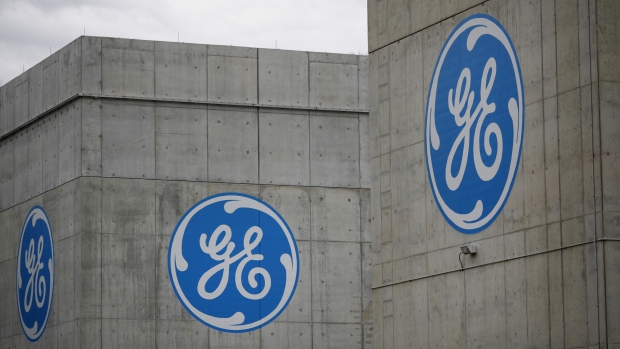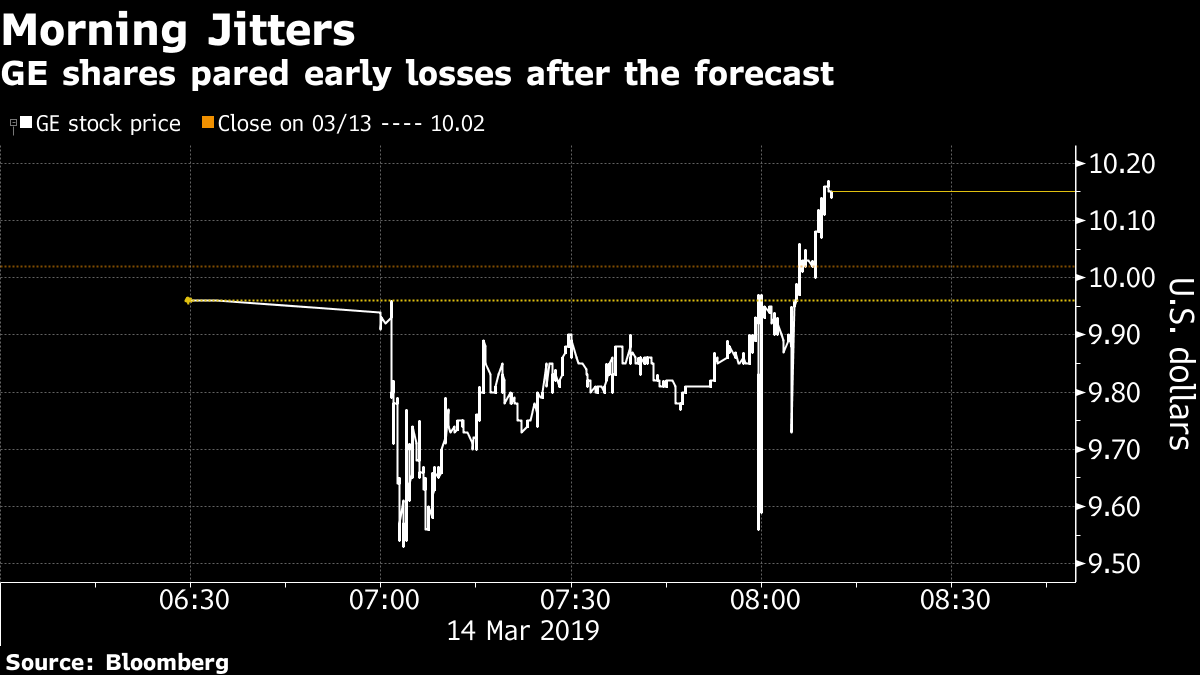Mar 14, 2019
GE sees cash burn up to US$2B as turnaround costs weigh
, Bloomberg News

General Electric Co. (GE.N) will burn as much as US$2 billion of cash this year as the manufacturer tries to repair its balance sheet and put its reeling power business back on stable ground.
Free cash flow from the company’s industrial businesses will decline in 2019 as restructuring costs hit at least US$2.4 billion, GE said Thursday in a presentation detailing its forecast for the first time. Investors have been bracing for a tough year, particularly after Chief Executive Officer Larry Culp said last week that cash flow from the industrial operations would be sharply lower.
“GE’s challenges in 2019 are complex but clear,” Culp said in a statement. “We have work to do in 2019, but we expect 2020 and 2021 performance to be significantly better.”
The weak outlook highlights the challenges still facing GE after a punishing stretch that wiped out more than $200 billion of investor wealth in the past two calendar years. Culp was brought on board in October to accelerate a turnaround centered on reducing debt, improving culture and reshaping the portfolio.
GE fell 2.2 per cent to US$9.80 before regular trading in New York. The shares gained 32 per cent in 2019 through Wednesday, recovering a portion of last year’s 57 per cent loss, the worst annual decline since at least the early 1970s.
Culp and other executives will discuss the outlook in a call with analysts and investors at 8:30 a.m.

Cash Troubles
Culp still hasn’t shaken the cash troubles that have plagued GE throughout its slump. Free cash flow from the manufacturing units will be zero to negative US$2 billion this year, the Boston-based company said, far below the US$4.5 billion generated in 2018.
The drain will be most pronounced in the power business, where free cash flow will be worse than last year’s $2.7 billion outflow. It will also be down in the renewable-energy and health-care units, GE said. Cash flow will be little changed in the jet-engine business.
Investors keep a close eye on industrial free cash flow, which is considered an indicator of the health of GE’s nonfinance businesses. The company anticipates an improvement next year.
Adjusted earnings will be 50 cents to 60 cents a share this year, GE said. Wall Street had been anticipating 67 cents, according to the average of analysts’ estimates compiled by Bloomberg.


